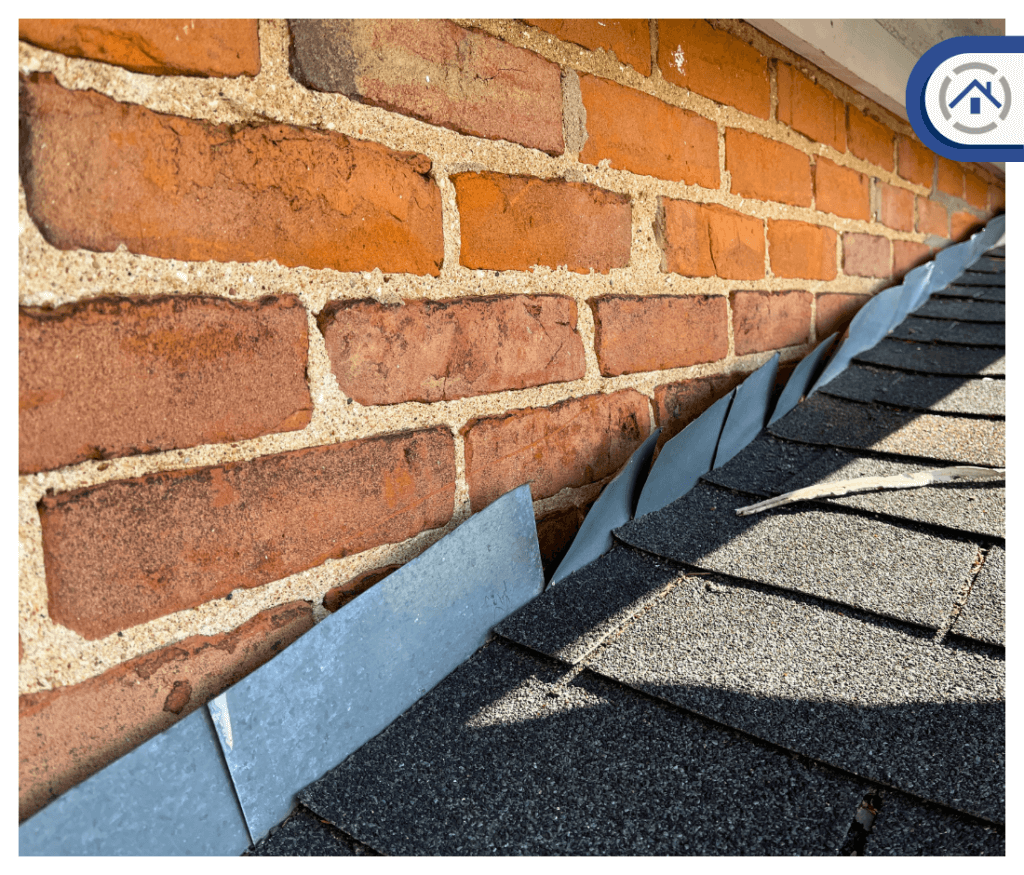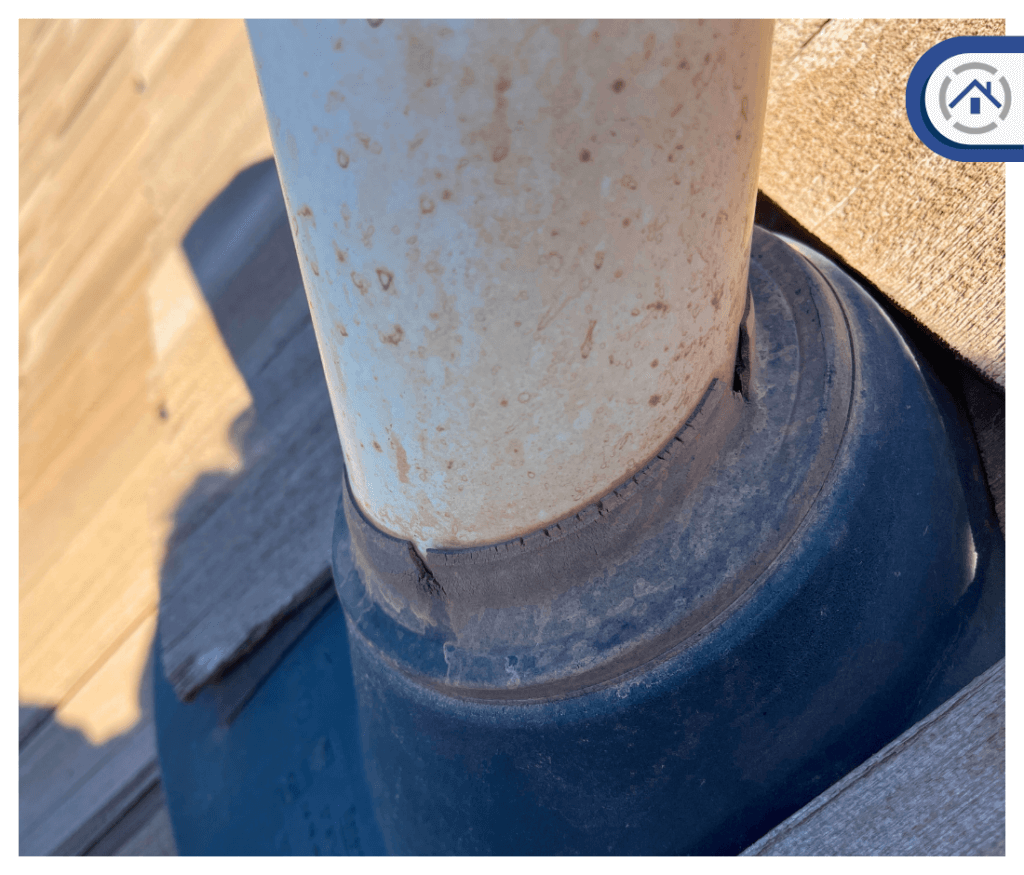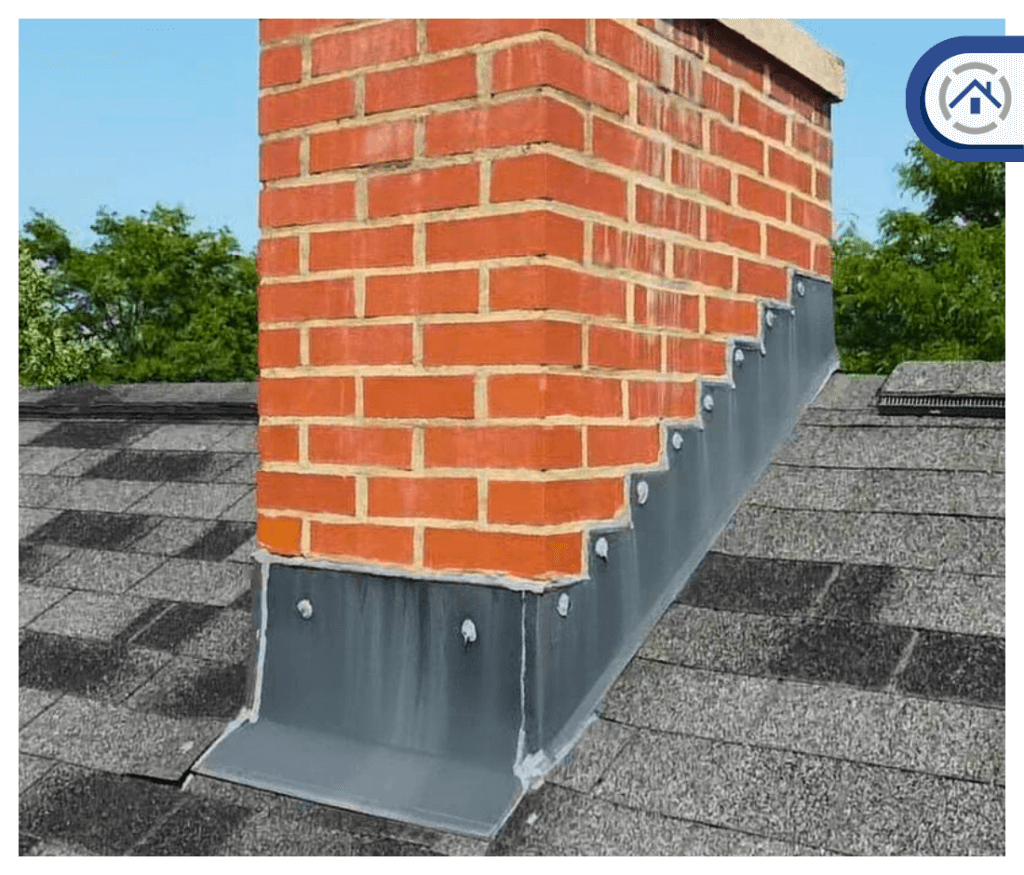
Don’t you often hear recommendations from roofing experts and professionals advising homeowners and business owners to prioritize regular roof inspections and routine roof maintenance? The reason we keep giving this advice is pretty simple: it's a proactive move that can save you a lot of money and headaches in the long run. These routine checks act as a safeguard for your roof, allowing experts to detect and address any potential issues while they are still manageable. By following this advice, you not only extend the lifespan of your roof but also mitigate the risk of unexpected and costly repairs or even a complete roof replacement. It's a wise and cost-effective approach that ensures the safety and longevity of your property.
What about the consequences of neglecting regular inspections and roof maintenance? Here are some key insights to help you evaluate your roof's condition and determine if professional assistance is already necessary.
Here are the potential consequences of overlooking inspections and roof maintenance, all of which could lead to early roof failures:
Clogged channels and gutters have the potential to cause significant damage to your home's foundation, roof, and siding. This can lead to mold growth, basement flooding, and even pest infestations. Furthermore, they can contribute to landscape erosion, ice dams in colder climates, decreased curb appeal, and costly repairs. Therefore, regular maintenance and cleaning of gutters and channels are crucial to prevent these issues and maintain your home's appearance and integrity.

Deteriorating sealants on the roof can result in water leakage, mold growth, increased energy costs, interior damage, reduced home value, potential structural issues, and deterioration.
It is crucial to avoid premature flashing leaks as they can damage your home significantly. Such leaks can cause water damage, mold growth, increased energy costs, interior damage, decreased home value, and potential structural issues.

Deteriorating pipe boots pose significant dangers, primarily through water infiltration into your home, leading to water damage, mold growth, increased energy costs, interior damage, decreased property value, and potential structural issues.

Here are some of the most common types of roofing in the US and their lifespan. It's important to keep in mind that the actual lifespan can vary depending on various factors that can impact the roofing system.
1. Asphalt Shingle Roofs last for about 20 to 30 years. These are the most popular types of roofing for sloped roofs because they’re affordable, easy to install, durable, and available in a wide variety of colors. In North America, these types of roofs are used in about 75% of all households.
2. Metal Roofs last for about 70 years. Metal roofs offer a winning combination of benefits: durability, fire resistance, and energy efficiency. With a wide array of styles and colors to choose from, these options not only elevate your home's visual appeal but also come with an impressive lifespan. With the finest quality and correct installation, along with regular inspections and roof maintenance, they can last up to 50 years and, in the case of top-notch quality and care, even up to 70 years.
3. Tile Roofs last for about 50 years. Tile roofs are renowned for their exceptional longevity, fire-resistant properties, and energy efficiency. Offering a diverse palette of styles and colors, they not only enhance aesthetic appeal but also boast an extraordinary lifespan that can endure for up to 50 years or even longer.
4. Slate Roofs last for about 100 years. Slate roofs, like tile roofs, are known for their durability, fire resistance, and energy efficiency. With an extensive range of styles and colors to choose from, they not only enhance aesthetic diversity but also possess a remarkable lifespan that can extend for 100 years or beyond.
5. Wood shingles and Shake Roofs last for about 30 years. Wood shingles and shake roofs are beautiful but require more maintenance compared to asphalt roofs. Wood shingles and shakes usually come from red cedar, Alaskan yellow cedar, or Eastern white cedar. These evergreens produce wood that is dimensionally stable and naturally resistant to rot and insect attack. They have a potential lifespan of 30 years, but they do need yearly roof maintenance.

Investing in regular silicone area re-sealing, which typically costs between $15 and $249 for maintenance, is a prudent preventive measure. Neglecting this maintenance, however, can lead to more significant issues and expenses in the future. Post-leak and related problems could escalate repair costs to a range of $249 to $1,200 or even more, underscoring the value of proactive maintenance over potentially costly repairs.
Replacing silicone gaskets is a sound maintenance practice, with an average cost of $249. However, neglecting this crucial upkeep can result in more substantial expenses down the road. Post-leak replacement of silicone gaskets may range from $1,200 to $2,400, emphasizing the cost-effectiveness of routine maintenance compared to the potential expenses associated with post-leak issues and replacements.
Effective chimney re-flashing maintenance is an essential investment, typically priced at around $1,200. However, the consequences of neglecting this crucial upkeep can result in an average cost of upwards of $4,500. Prioritizing regular maintenance is not only cost-effective but also crucial in preserving the integrity of your chimney and preventing more extensive and costly repairs.

Considering the implications of overlooking regular roof maintenance, the repercussions extend beyond just financial burdens; they encompass your property's structural soundness and peace of mind. Without these proactive measures, minor roofing issues can snowball into major complications. Potential consequences include water infiltration, structural deterioration, and even the onset of mold growth, all of which can lead to expensive repairs and health-related worries.
Recognizing indicators that your roof may require the expertise of roofing professionals, such as evident damage, absent shingles, or leaks, and promptly seeking their assistance is pivotal in circumventing these costly and distressing scenarios. Consequently, it's not solely about the monetary investment in roof maintenance; it's fundamentally about fortifying your home's integrity and securing your well-being.